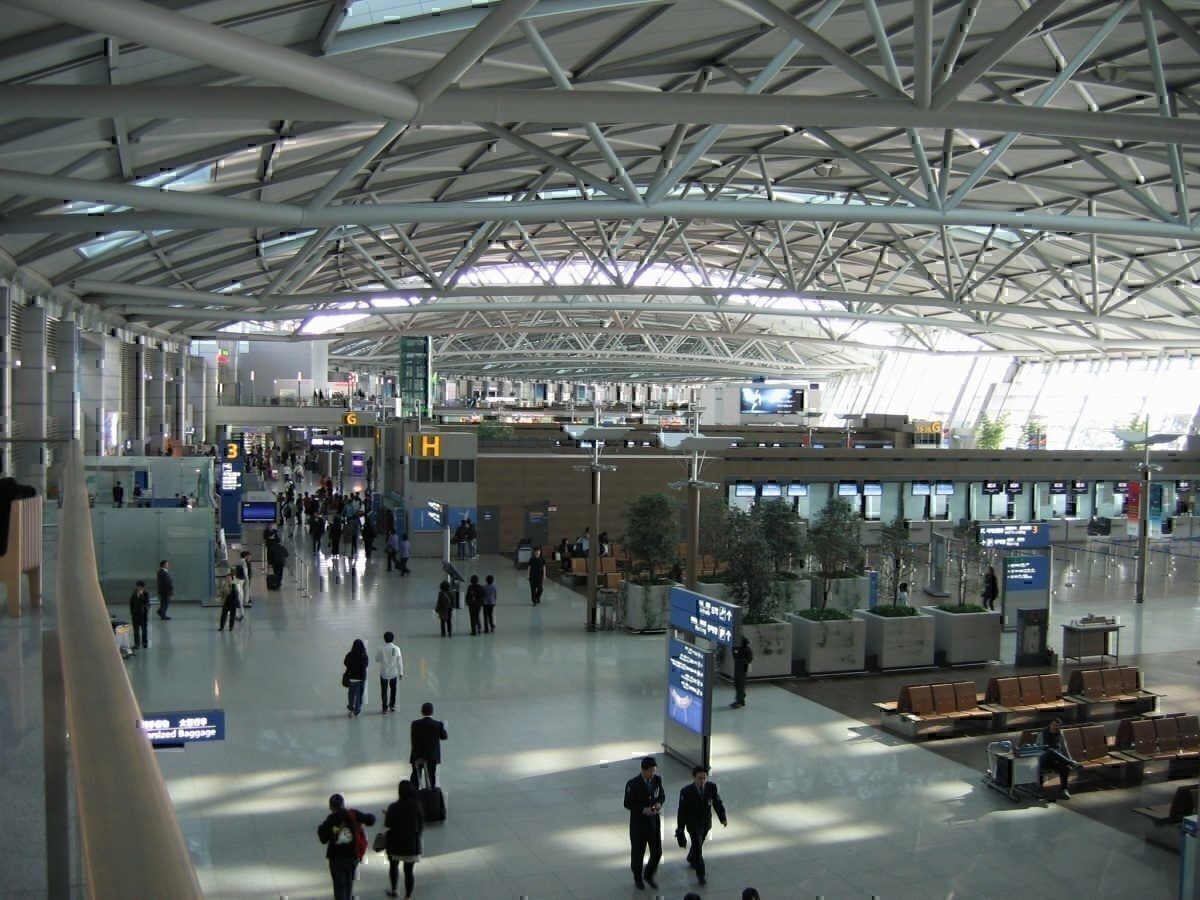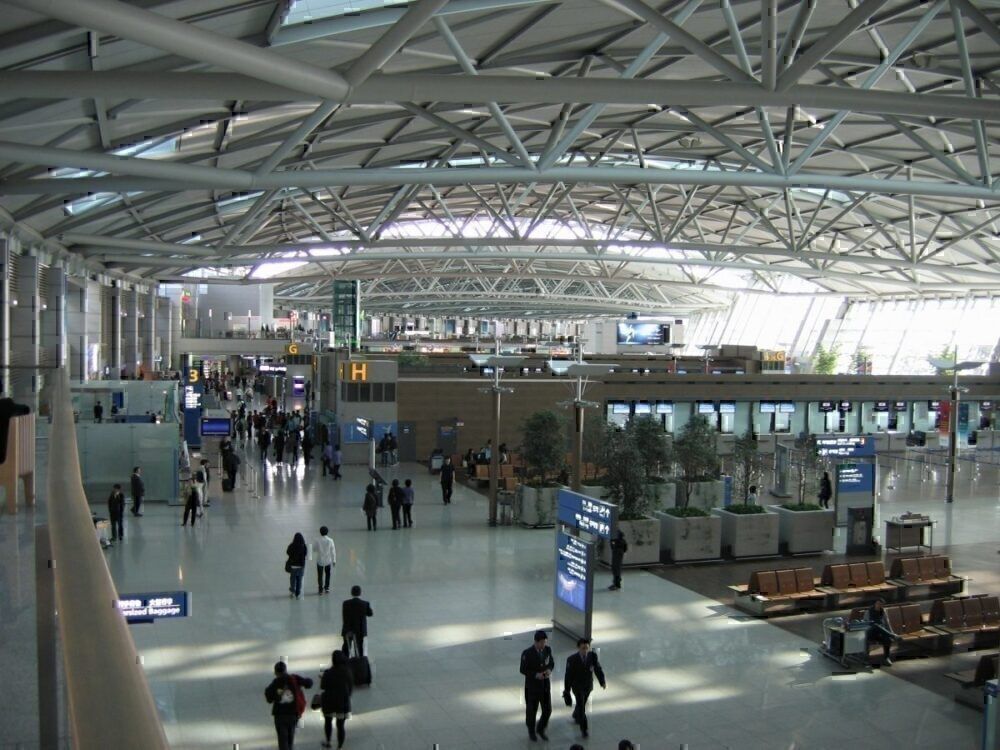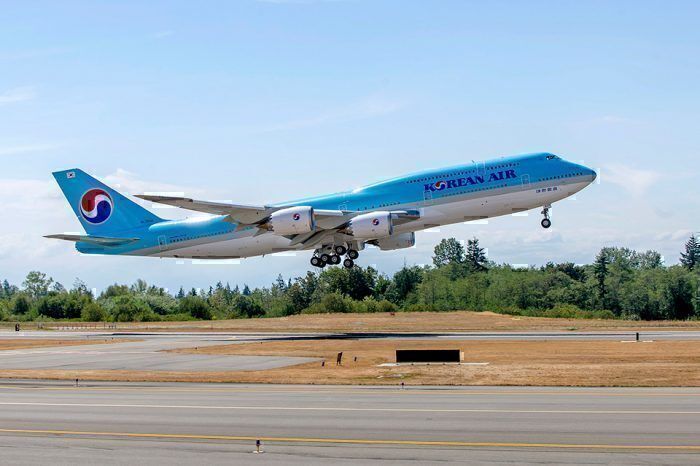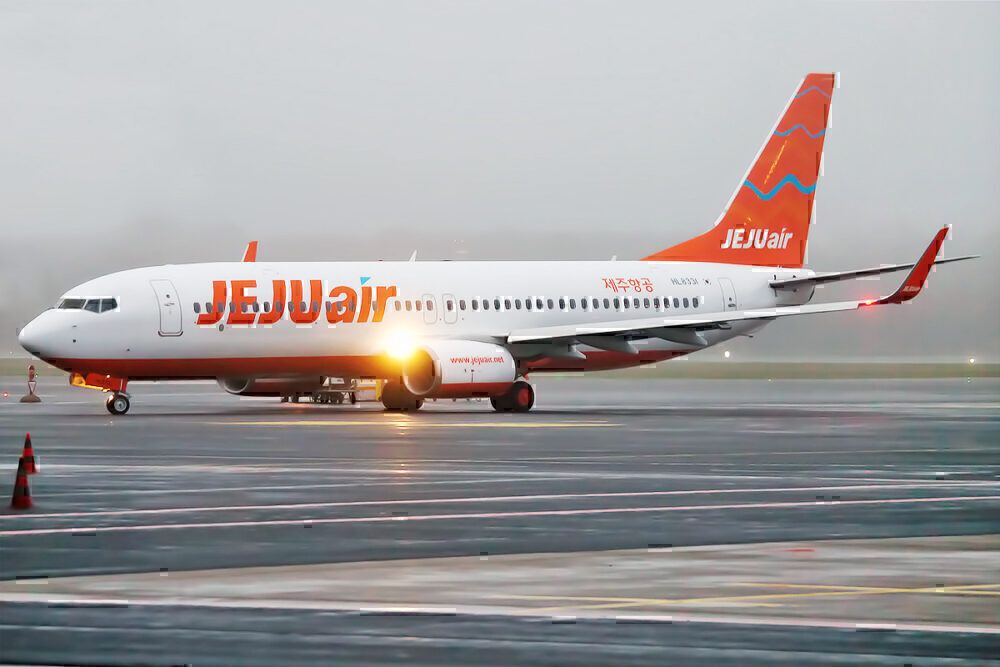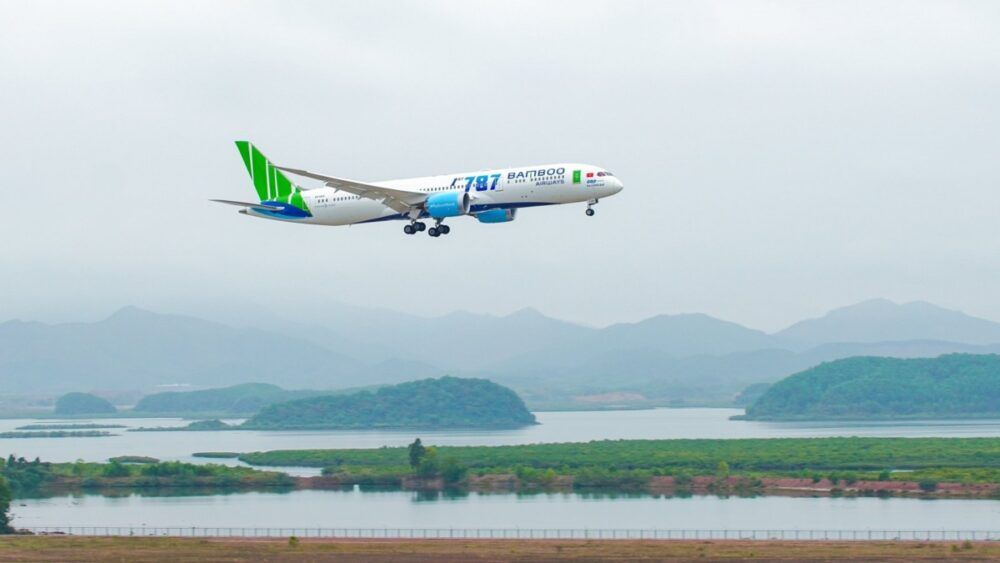South Korea's Seoul Incheon International Airport is one of the busiest airports in the world. In fact, the East Asian hub served 71.2 million passengers in 2019, putting it at 14th busiest internationally, according to data from Airports Council International published by the International Airport Review. Of course, placing 14th isn't actually anything worth writing about. What stands out, however, is that it is host to some of the world's toughest airline routes. Let's look at what makes this airport so competitive.
Firstly we should add a quick disclaimer. This article is based on data from 2019. Much has changed since then and it is clearly not reflective of the current situation. However, this should give a sense of what 'normal' operations are like.
Home to the toughest international routes
According to 2019 data published by OAG, Seoul Incheon is host to five out of the top 10 'toughest international routes' - those with the most competition. OAG says that "the toughest routes have been defined as those where the operating airlines face the most competition from other airlines."
The routes are as follows:
- Hong Kong - Incheon: Nine carriers with an annual frequency of 15,160
- Da Nang (Vietnam) - Incheon: Nine carriers with an annual frequency of 13,163
- Incheon - Taipei (Taiwan): Nine carriers with an annual frequency of 9,819
- Incheon - Osaka Kansai (Japan): Eight carriers with an annual frequency of 17,152
- Incheon - Tokyo Narita: Eight carriers with an annual frequency of 14,828
Stay informed: Sign up for our daily aviation news digest.
Which Korean airlines are competing?
With up to nine airlines competing on a single route, it leads us to ask ourselves which airlines are fighting for passengers.
Firstly, it's quite apparent that the big legacy carriers would be part of the competition. These would be Korean Air and Asiana. Both are significant airlines in their own right, each operating the Airbus A380 and Boeing 747, among other large jets. However, there is much more homegrown competition than meets the eye.
Other South Korean airlines include:
- T'Way Air
- Jeju Air
- Air Seoul
- Jin Air
- and Eastar Jet
All five of the above airlines are low-cost carriers, giving many options for travelers.
International airline competition
Then, of course, there are the outside airlines competing for the same passengers. As with South Korean aviation, other countries have their fair share of legacy and low-cost competition.
For Hong Kong, the busiest Incheon route, this includes traditional, full-service carriers Cathay Pacific and Hong Kong Airlines. On the budget side, you'll find Hong Kong Express,
In Vietnam, the Da Nang route faces competition from airlines like Vietnam Airlines and newcomer Bamboo Airways, as well as budget airline VietJet.
Then, of course, there is Taipei and the two Japanese routes, which see competition from full-service airlines like EVA Air, China Airlines, ANA, and Japan Airlines - not to mention a whole host of budget carriers.
When more airlines are operating the same route, it usually means lower airfares as they all battle to fill their aircraft with passengers. It's clear from the list that South Koreans are traveling a lot within the region for both leisure and business - and a world-class airport like Incheon is well-equipped to handle this volume.
Have you ever flown any of these competitive routes? What were the reasons for choosing the airline that you did? Let us know in the comments.

